How to CookFood Safety
The Four Rules of Refreezing
You decided to freeze the farm-raised chicken you got from the farmers market. Because you wanted to save it for a special occasion, so then you thawed it, but didn’t get around to cooking it. It’s nothing against the chicken. Life’s crazy sometimes, you know?
What are your options—chuck it, or can you refreeze it? Despite what you might think, you CAN refreeze ingredients. Granted, when refreezing food, there is a difference between safe and quality. Refreezing is definitely possible and safe but with set-in-stone stipulations. And even if it’s safe, it can also diminish the quality of the food.
As the water in food freezes, it forms ice crystals that destroy the surface’s cell walls—this allows for lots of moisture to leak out during the thawing process. (Rapidly freezing foods in an industrial freezer rather than a home freezer is much less damaging to foods since it results in tinier, less destructive ice crystals.) Anyone who has looked ruefully down at defrosted berries knows that they are slumpier and wetter than fresh. (This is when we make jam.)
It is safe to refreeze almost anything, but make sure to follow these four rules:
1. Thou shalt not refreeze food that has thawed anywhere but in the refrigerator.
Thawed food can be safely refrozen if it still has ice crystals or is at 40°F or below, according to FoodSafety.gov. Since most refrigerators are kept between 34 and 40°F, it is generally okay to refreeze food that has been thawed in the refrigerator. Even items that were thawed in cold water (unless the pot of cold water is then put in the fridge) should not be refrozen; you can’t guarantee that the water and therefore the product will remain colder than 40°F.
Even if you don’t plan on refreezing, food should be thawed at the temperature you plan to store it. That means meat, seafood, vegetables, dairy, and even fruit should be defrosted in the fridge. Really only breads and some pastries can be thawed at room temperature.
2. Thou shalt refreeze food less than 48 hours of thawing.
Perishable foods usually have a short life to begin with, and since bacteria grows rapidly once thawed, you should cook or refreeze the food as soon as possible. A good general time frame is within 48 hours of thawing, depending on the food.
For instance, according to Foodsafety.gov, raw ground meat only lasts about one to two days in the refrigerator, and raw whole meat about three to five days. So when in doubt, refreeze as quickly as possible and not more than 48 hours after. Check out this grid for more information about how long foods keep in the fridge and freezer.
3. It is safe to thaw raw foods, cook them, then refreeze the cooked version anew.
As long as the food is cooked to a safe temperature before being stored in the freezer, refreeze away. It is best to wait for the food to cool to room temperature (although don’t leave it sitting out for longer than two hours) and then wrap it tightly in small portions because it’s important that the item in question freezes as quickly as possible. Also, putting a hot item in the freezer will bring down the overall temperature of the unit, affecting your other food as well.
4. Refreeze only once.
Because refreezing affects the quality of your food, we wouldn’t recommend refreezing more than once. (And if you do refreeze raw meat, let it sit in a marinade to regain some of those juices before you do finally cook it.)
These rules have to do with what is safe to refreeze. In terms of what is quality, flavor, and texture, the below foods will be really affected by refreezing, which means we wouldn’t recommend it—you’ll end up with dry or mushy ingredients.
- Raw vegetables and fruits with high water content: When thawed, all the moisture leaks out, creating a mushy product, so you would be limited in how you prepare them once you thaw them again. In this case, think recipes that like a broken down ingredient, like soups or purees. Or, use the ingredients in their frozen form: Chuck frozen fruit in smoothies. If your produce is already cooked—whether blanched, pureed, or steamed—it’ll hold up much better.
- Soft or semi-soft cheese and milk: Anything that isn’t good frozen won’t be good refrozen, either. So soft cheese and milk are out.
- Emulsions like cream sauces and mayonnaise: Upon freezing, ice crystals puncture the cell walls of these foods, breaking down the emulsions.
- Fish and shellfish: Seafood’s texture doesn’t fare super well through refreezing and thawing again because of its high water content. However, it is still okay to refreeze seafood if you plan on adding it to a stew or a casserole or other dishes in which the texture is not integral.
- Ice cream: If you refreeze a melty ice cream, it’ll turn crunchy. No thank you.



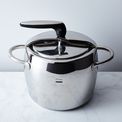


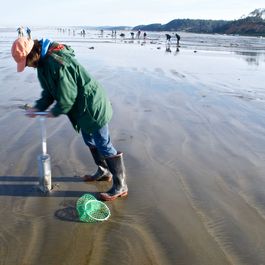

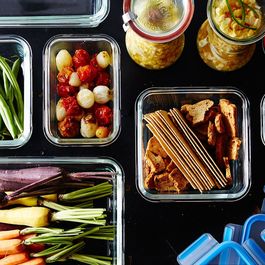
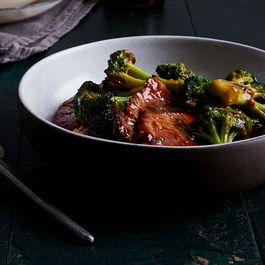
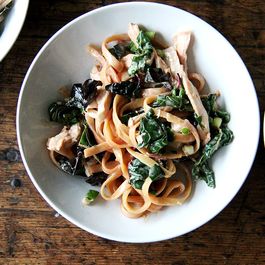


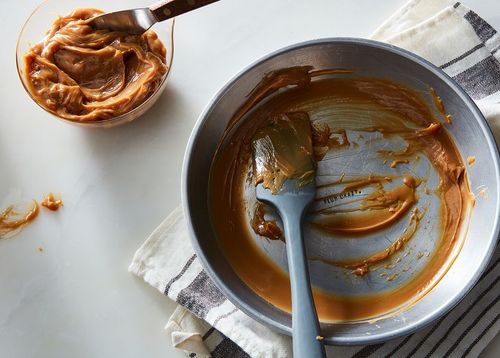




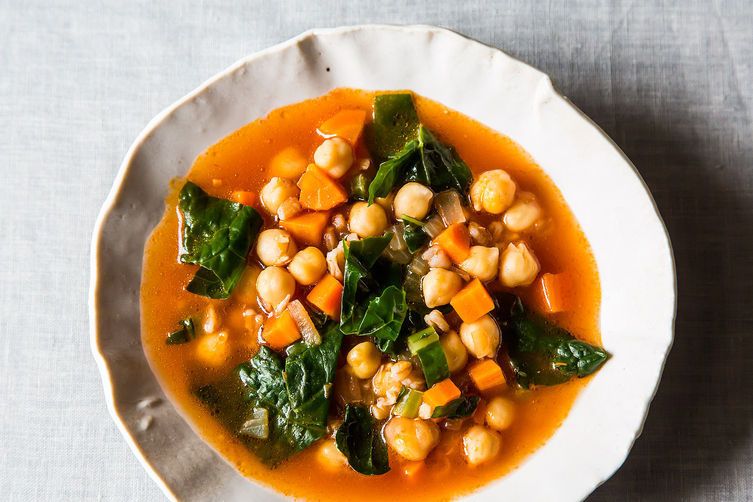

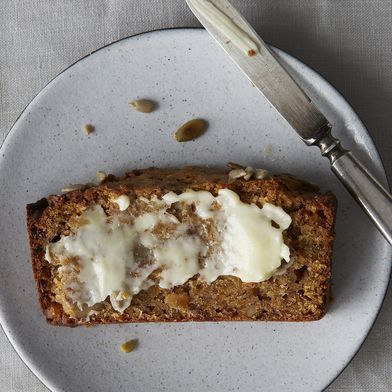

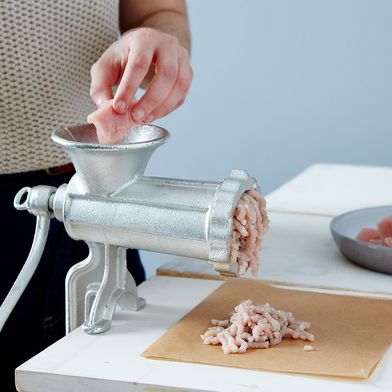
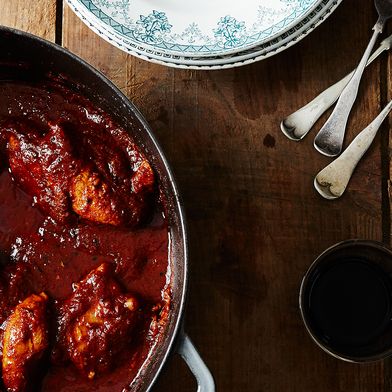
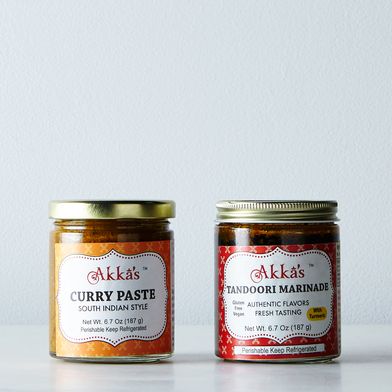
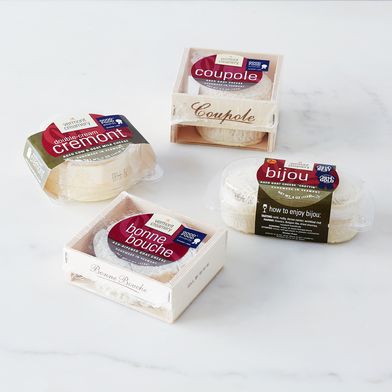

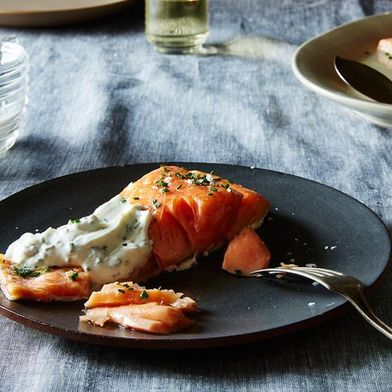
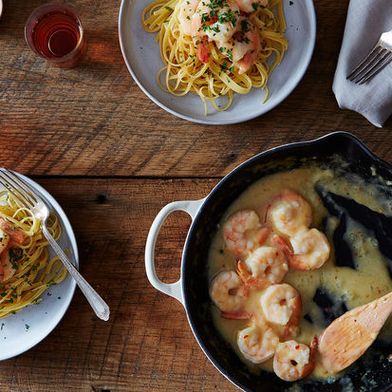
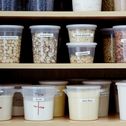



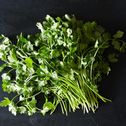






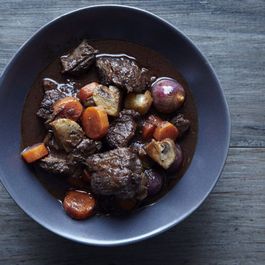

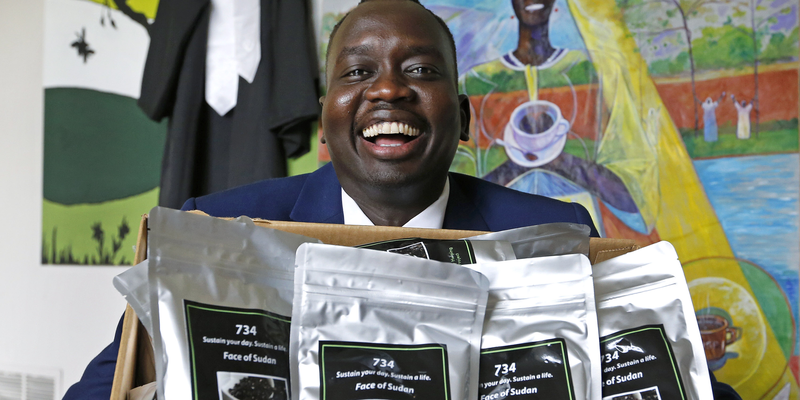


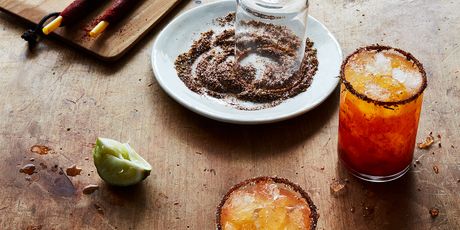
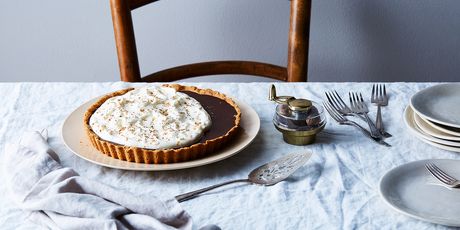
Comments (7)
Showing out of comments
over 1 year ago tota
So I'm guessing the mozzarella I didn't open won't be all that great after tossing in freezer?
over 1 year ago Risottogirl
Really? Don't all cells have cell walls?
over 1 year ago Sean R
Nope. Cell walls are a structure exclusive to plants, fungi, and single-cell organisms called prokaryotes (e.g. bacteria). Perhaps you're remembering the function of a cell wall which is to prevent the over-expansion of water, a necessity of a plant's high water content (ranging in the 80%-90+%). (This may be an oversimplification, but nobody signed up for a biology lecture. ;P) Fruits and veggies range from 70-90%, whereas various meats lay around 50% (lean ground cow) to 70+% (fish). The effects of freezing vary based on whatever the heck is being frozen. One could talk about water %, cell wall structure, proteins, fat, temperature, and other variables (and food safety!) 'til the cows come home.
Unless you mean cell membranes because those are present in all cells. That is a very different conversation. Really, I'm glad you asked. I'm in 7th and 8th grade science regularly and love when it comes up outside of school.
Source:
https://ndb.nal.usda.gov/ (You can search for stats on any food item!)
over 1 year ago Sean R
I've always wondered: if your ice cream melts to the point where refreezing would turn it crunchy and gross, could you let it melt further and then re-churn? I'd love to know if anyone has tried this.
over 1 year ago Ali Slagle
Books Editor and Stylist at Food52.
You sure can—see #2 in this post: https://food52.com/blog...
over 1 year ago Sean R
Heck yes! Great article, thanks for sharing!
over 1 year ago Malia Fincher
Mayo and other emulsions don't have cell walls. Neither do chickens. Only plants and fungi.
Showing 7 out of 7 comments